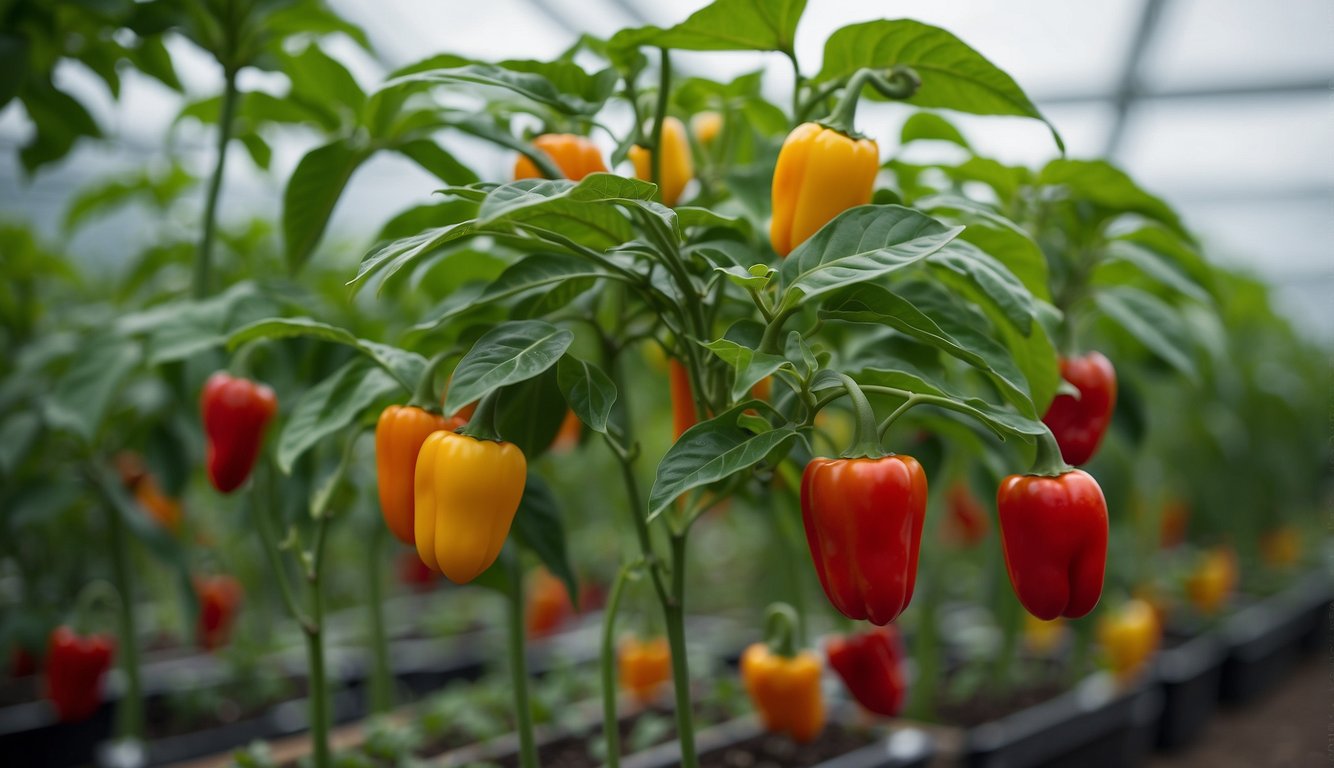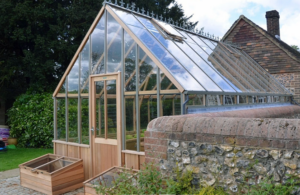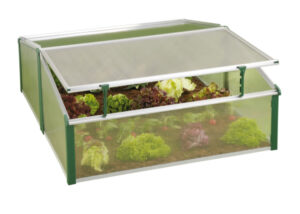Greenhouse pests are more than just a nuisance—they can seriously undermine your hard work by stunting growth, spreading disease, and even wiping out entire crops. From aphids and whiteflies to spider mites and fungus gnats, these tiny invaders thrive in warm, humid conditions and can multiply fast if left unchecked. According to the University of Massachusetts Extension, greenhouse pests are often introduced through infested plant material or soil, and without natural predators inside, their populations can quickly explode [1].
So how do you protect your plants without resorting to harsh chemicals? The good news: effective, eco-friendly strategies do exist—and they’re easier to implement than you might think.
Start with Clean Practices
Prevention is your first line of defense. Follow these foundational steps:
- Inspect new plants for signs of pests before bringing them into your greenhouse.
- Disinfect tools and trays regularly to avoid cross-contamination.
- Clean up plant debris, which provides breeding grounds for insects and fungal spores.
- Routine cleaning and careful monitoring can drastically reduce the chance of infestation.

Monitor Early and Often
Regular inspection is key to catching outbreaks early. Place yellow sticky traps near plants to detect flying insects like whiteflies and fungus gnats. Check the undersides of leaves for aphids and mites and inspect soil surfaces for larvae.
Early detection = easier management.

Introduce Beneficial Insects
Why fight pests alone when nature can help? Consider adding beneficial insects to your greenhouse ecosystem:
-
Ladybugs (Hippodamia convergens): Eat aphids, mealybugs, and soft-bodied insects.
-
Encarsia formosa: A parasitic wasp that targets whiteflies.
-
Predatory mites (Phytoseiulus persimilis): Effective against spider mites.
Biological control is safe, sustainable, and highly effective when introduced early and in the right conditions [2].
Apply Organic Treatments as Needed
If pest levels rise beyond control, organic sprays can help:
-
Neem oil: Works as a natural insect repellent and disrupts pest development.
-
Insecticidal soap: Penetrates soft-bodied insects’ exoskeletons and dries them out.
-
Diatomaceous earth: A fine powder that damages pests’ outer shells, causing dehydration.
Use these options sparingly and always follow label instructions for safe application.
Control Humidity and Airflow
Pests (and mold) love stagnant air and moisture. Keep your environment balanced:
-
Use oscillating fans to promote airflow.
-
Ventilate regularly to prevent excess humidity.
-
Water plants in the morning to allow time for drying.
Controlling the environment makes it less inviting for unwanted guests.
Final Thoughts on Controlling Greenhouse Pests
Greenhouse pests may be inevitable—but infestations are not. With consistent monitoring, clean practices, and nature-friendly treatments, you can keep your greenhouse thriving year-round. A little prevention goes a long way—and your plants will thank you.
Sources:
1 UMass Extension Greenhouse Crops & Floriculture Program. Integrated Pest Management (IPM)
2 UC Agriculture and Natural Resources. Biological Control and Natural Enemies








